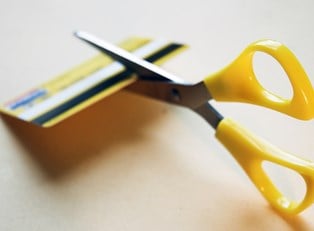Managing your debts is one of the first steps to getting in control of your finances. Unfortunately, a lot of people don't know where to start. If you're one of them, then you need a guide to help you through the process of debt management and debt consolidation.
- Find out what you owe.
The first step of debt management is to sit down with the most recent statement from each of your creditors and make a list of what you owe. Make a chart listing the name of the bill, the minimum payment, the total amount owed, and the interest rate. Use this list to determine the total amount that you owe and how much you have to pay every month in order to stay current.
- Create a budget.
You need to find out if you can afford the minimum payments on your debt. Take the time to figure out a budget. Include all of your regular bills, such as rent and utilities, as well as allowances for groceries and entertainment. Make sure that you can afford the minimum payments on your debts. If you cannot, consider a debt consolidation program that can combine some of your debts into a more manageable payment plan.
Debt consolidation typically involves negotiating with your lenders and possibly taking out a lower interest loan in order to combine your debt payments into one lower bill. Your loans are usually paid off with a loan at a lower interest rate and more time to make payments, giving you a lower amount to pay each month.
- Stick to your budget.
After you make your budget, practice sticking to it for a few months. Odds are you'll need to make a few adjustments. For now, just make the minimum payments on your debt; if you have extra money left over at the end of the month, use it to build up an emergency savings account.
- Plan to eliminate debts
As soon as you get good at sticking to your budget, it's time to start aggressively paying off your debts. Take half of the “extra” money you have at the end of each month and devote the money to the debt with the highest interest rate. Continue to make minimum payments on everything else. Use the other half of your extra money to build up your savings so that you don't have to go into more debt while you're getting out of what you've already accumulated.




